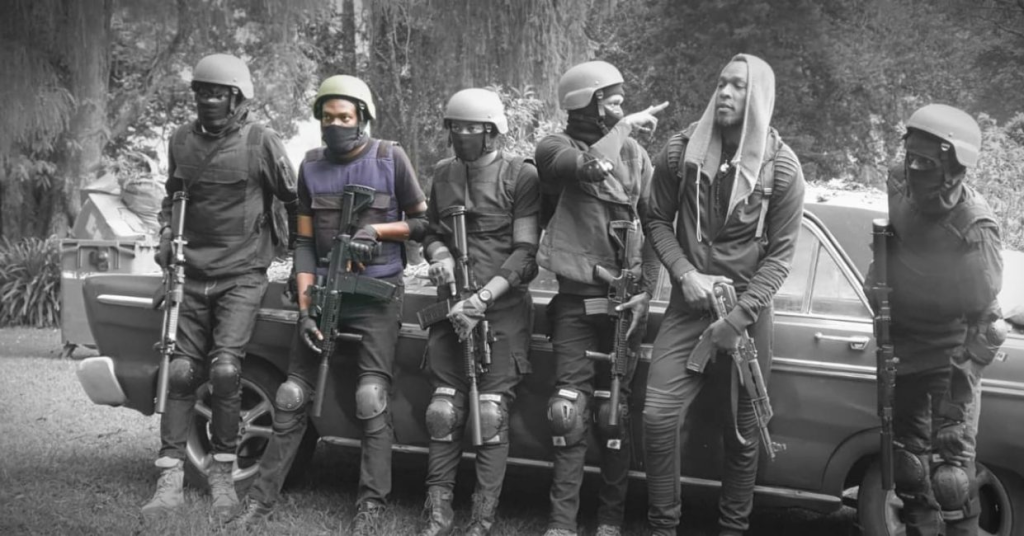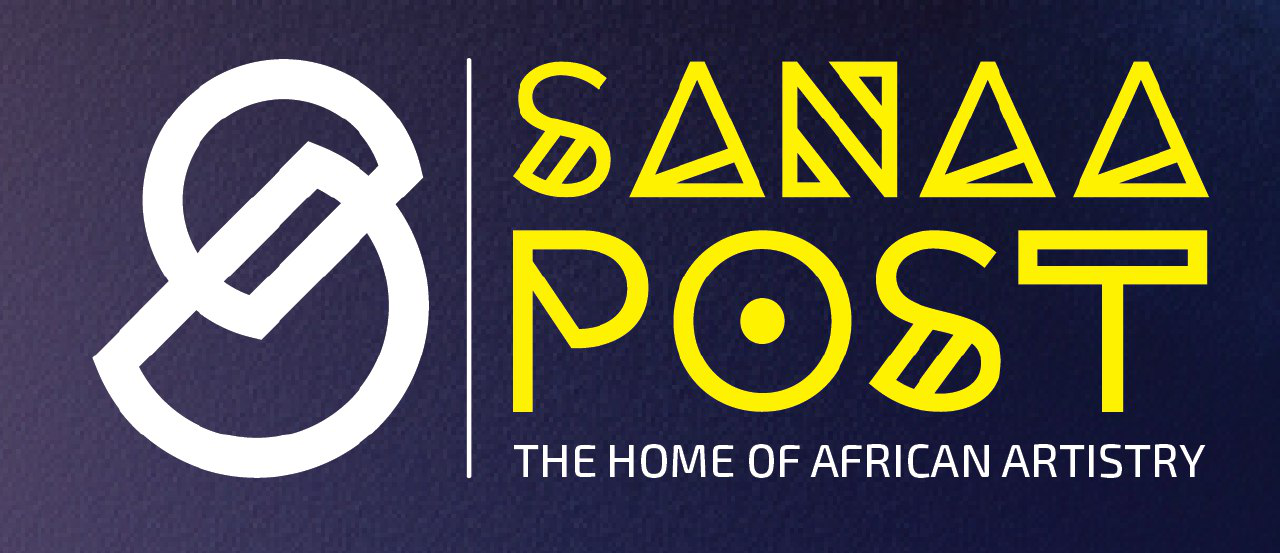In the world of film, stunts are where illusion meets impact. They are the moments that defy gravity, logic, and the body’s natural instincts. Whether it’s Jackie Chan crashing through a window with no safety harness or Tom Cruise free-climbing the Burj Khalifa, stunt performers make audiences believe the impossible. But what the world rarely sees is what makes such feats possible: money, months of prep, precision rigging, strict safety standards, and entire departments dedicated to risk management.
In Kenya, that ecosystem barely exists.The stunt industry here is growing, slowly, unevenly, and largely under the radar. It is driven not by big studios or insurance-covered sets, but by passionate individuals operating on the edge of safety, professionalism, and recognition.
Global Benchmarks
Internationally, the stunt industry is a multi-billion-dollar sector. Hollywood productions dedicate entire units to stunt work, including coordinators, fight choreographers, doubles, riggers, and medical personnel. The U.S. Screen Actors Guild (SAG-AFTRA) enforces safety guidelines, provides insurance, and mandates training and certification for professionals in the field.
In Asia, particularly in China and South Korea, action cinema has a deep-rooted history. Jackie Chan’s stunt team, which operates like a martial arts troupe, pioneered a culture of loyalty, discipline, and on-set risk management that elevated Hong Kong cinema in the 1980s and ‘90s. Today, stunt performers in these countries train in specialized academies and often belong to recognized crews with structured mentorship pipelines.
Some countries, like France and Australia, even integrate stunt coordination into film schools and government-supported creative industries. The best productions spend weeks or months in rehearsal, with millions invested in choreography, wirework, and post-production safety edits.
Now, contrast that with Nairobi, where, more often than not, the stunt rehearsal takes place on the same day the cameras roll.
Building on Bare Concrete
Most of the time, we don’t even get the luxury of curating the choreography we have in mind because of time and budget,” says Mickey Stunts, a Nairobi-based performer and coordinator.
Starting off as a martial artist, Mickey transitioned into stunt work through sheer curiosity and YouTube tutorials. “We learn by watching. Then we try.”
That learning curve is common. In Kenya, there are no stunt schools, no unions, and no formal certification bodies. Crews are made up of freelancers, often self-trained, who juggle other jobs in or outside the film industry.
Stunts aren’t anyone’s main income. You do it because you love it, because you’re good at it. But the structure to go full-time just isn’t there yet,” Mickey adds.
Safety becomes the elephant on set. Internationally, there are strict protocols: crash mats, air rams, fire safety teams, and even motion control systems for car stunts. In Kenya, the rule is simpler: if it’s too risky, simplify the stunt.
We don’t compromise safety. But we do compromise scale. If a fall looks too dangerous, we dumb it down.”
In these cases Budget always wins.
And those budgets are lean. Local productions, even the ambitious ones, rarely budget for stunt doubles, safety equipment, or time-consuming choreography. When the actor refuses to take a hit, the scene changes. Mickey is clear: “We as stunt men bear the brunt of safety issues”. It is the nature of the job as fall guys.
Improvisation as Identity
What Kenya lacks in structure, it compensates with ingenuity. Stunts here draw heavily on real-world settings — alleyway chases and close-quarters combat. The choreography is grounded, story-led, and shaped by the environment.
We don’t do kung fu for the sake of looking cool,”
Mickey explains.
If the character’s a street thug in Nairobi, you use elbows, knees, broken bottles. If it’s a historical drama, the stunt has to fit the time period. That realism is our identity.”
Despite limited resources, a handful of professionals are trying to bring order to the chaos. Figures like Lwanda Jawar (of Kona) and veteran coordinator Charles, called the Godfather in the stunt world, Mickey, and Emmanuel Mugo, among others, are working to form dedicated stunt crews, pushing for consistency, mentorship, and recognition. But the momentum is still slow, in part because the industry doesn’t quite know how to value stunt work.
International productions like Sense8 briefly exposed Kenyan talent to global standards, but most local performers are still waiting for the kind of breakthrough that changes perceptions and paychecks.
Falling Forward
The future hinges on infrastructure. Kenya needs training spaces, standardized safety practices, institutional recognition, and funding. Mickey dreams of starting the country’s first stunt school. He uses a simple metaphor: imagine a circle split into four quadrants — money, networking, learning, and having fun. “A healthy stunt career gives you all four. In Kenya, we’re lucky to get three.”
Stunt performers are the unsung storytellers of cinema; they break their fall so that the narrative doesn’t. In Kenya, these performers are doing it with fewer resources, less protection, and almost no recognition. But they’re doing it anyway.
And that, more than the explosions and the slow-motion punches, is the real stunt: building an industry, and surviving it.
To book exclusive events with a TICKETING PARTNER, check out tickets.sanaapost.com 😎👊🏾







